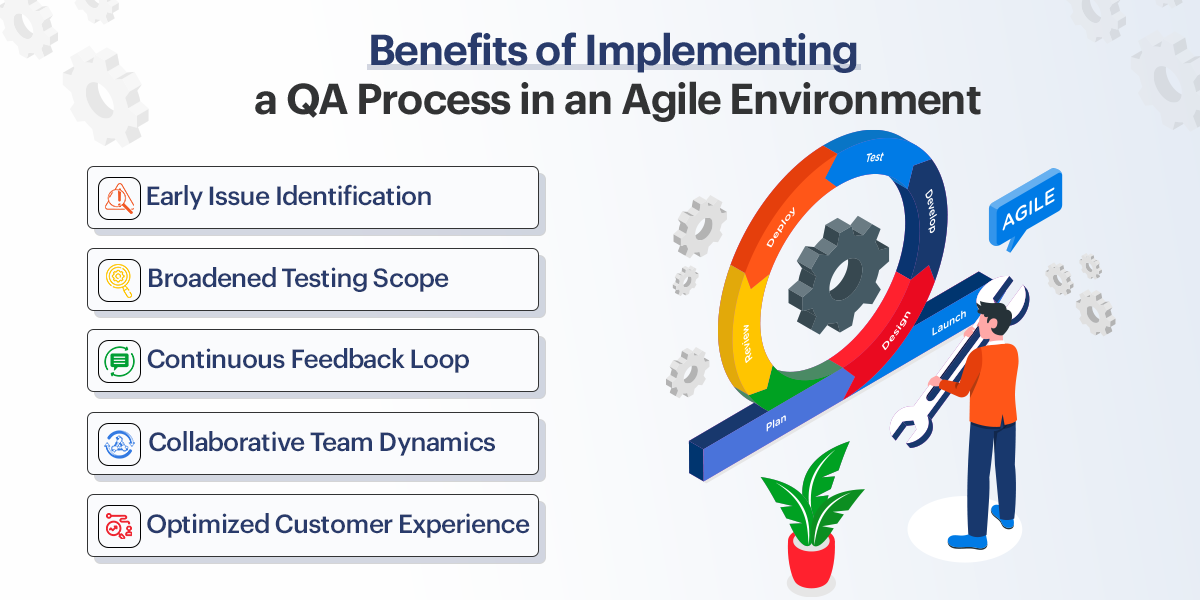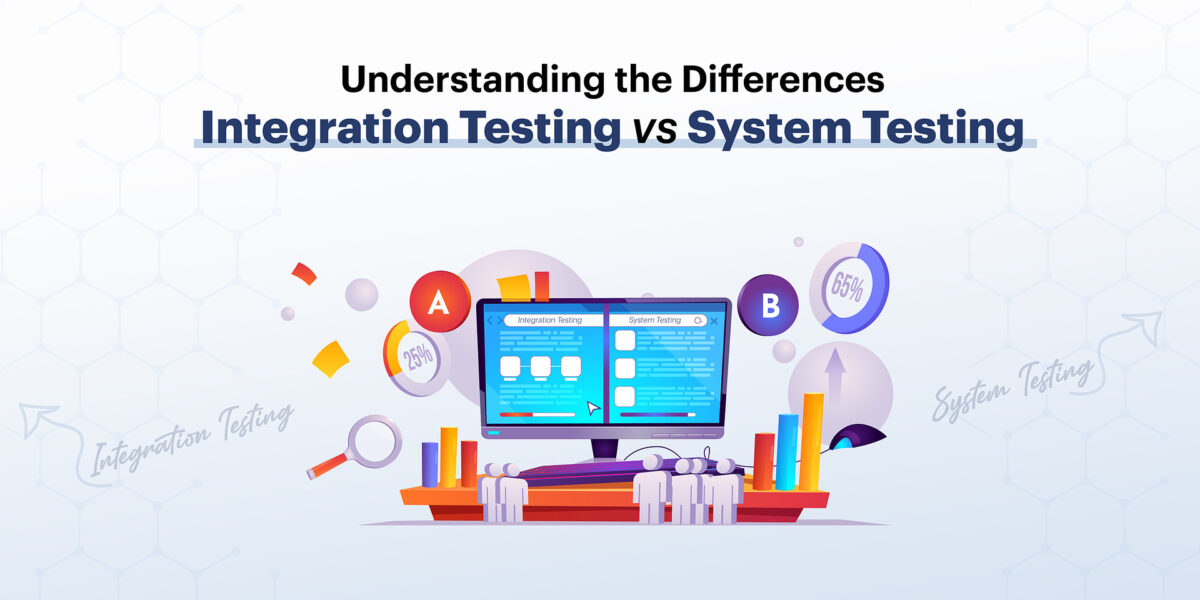In today’s fast-paced software development world, the capability to adapt and respond to rapid changes, such as shifting requirements, new technologies, or unexpected challenges is crucial. Agile methods have changed the way teams operate, enabling them to adapt quickly to changing needs and deliver results faster. However, facing challenges should never come at the cost of quality. This is where a strong Quality Assurance (QA) system becomes essential. Integrating QA into an Agile environment brings many benefits, ensuring that the final product is delivered on time and has high-quality standards.
Benefits of Establishing QA Systems in an Agile Environment
1. Issue Identification at Early Stages
A key principle of Agile is iterative development, where features are developed in small manageable steps over short cycles. By embedding QA into each iteration, teams can identify defects in the early stages of development. This early detection is important because it allows for immediate fixing, reducing the risk of more serious issues arising later. As the saying goes, “The earlier the bug is discovered, the easier it is to fix.”
2. Extended Scope of Testing
Agile promotes automated testing to match the fast pace of development. A strong quality assurance procedure in an Agile framework highlights the importance of both automated and manual testing. Automated tests are run regularly to catch any issues introduced by new code changes, while manual testing helps explore and assess the product from a user’s perspective. This combination of testing methods provides comprehensive data, ensuring that every component of the product has been thoroughly tested.
3. Continuous Feedback Process
Agile success depends on regular feedback, and an effective QA process that guarantees the feedback is both timely and useful. QA teams work closely with developers and clients to provide continuous feedback on the product’s quality. This ongoing communication helps to ensure that the product meets customer expectations and requirements.
4. Collaborative Team Effort
In an Agile environment, cross-functional teams work together to achieve common goals. QA is no longer a separate part, rather, it is a very important part of the development process. This integration promotes teamwork between developers and testers, enhancing the overall quality of the software. By working together, teams can identify bugs early in development, rather than waiting until the end of the development cycle.
5. Quicker Time-to-Market
One of the main goals of Agile is to deliver working software as fast as possible. This goal can be achieved through a well-structured QA process to ensure the product is always in releasable form. Continuous testing and integration allow teams to detect and fix issues in the early stages before they become major obstacles.
6. Flexible Response to Change
An Agile environment is great at adapting to changing requirements, and a strong QA system supports this by being flexible and responsive. QA teams can quickly update their testing methods to include new features or changes, making sure that quality is maintained as the project moves forward. Such flexibility and adaptability are necessary in today’s world, where customer needs and business priorities change continuously.
7. Better Risk Management
Every software project comes with its own set of risks, such as technical challenges, continuous changes in requirements, or tight deadlines. Integrating QA into the Agile process helps teams manage these risks effectively. Regular testing and ongoing feedback help identify potential issues early, enabling teams to address risks before they impact project progress.
8. Optimized Customer Experience
The ultimate goal of any software project is to deliver a product that matches the customer’s expectations and needs. A strong QA process assures that the final product is functional reliable and easy to use. By quickly identifying and solving problems, providing detailed test data, and maintaining a continuous feedback loop, teams can achieve a higher level of customer satisfaction with their products.
Conclusion
In conclusion, it takes a well-integrated QA process to maintain quality in an Agile environment, where speed and flexibility are important. By integrating QA at every stage of development, teams can catch defects early, provide consistent feedback, increase collaboration, and deliver high-quality products that meet customer needs and expectations.




